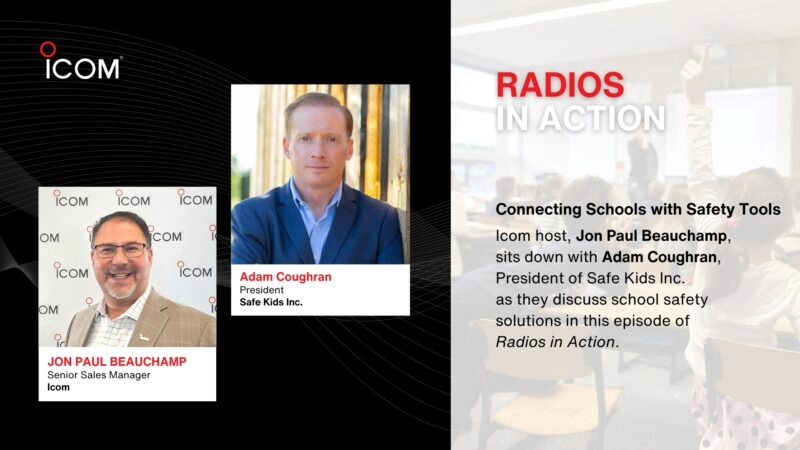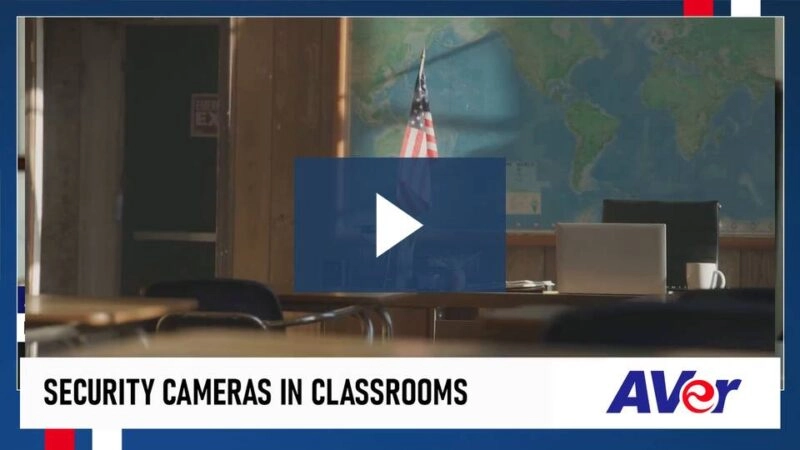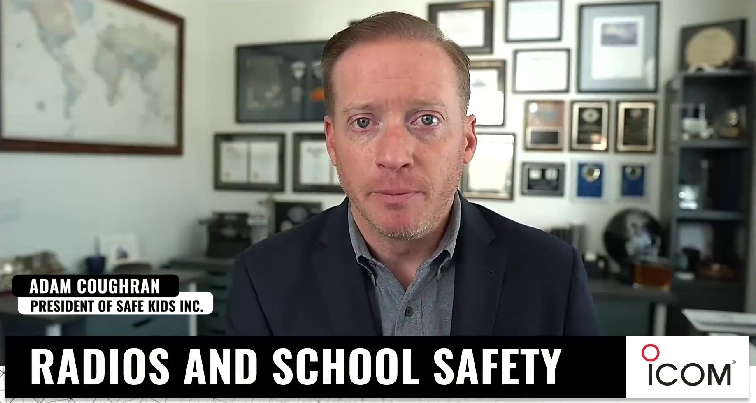All-Encompassing Crisis Systems to Improve School Safety
- Crisis communications include everything from the initial reports to the recovery.
- Secure and refurbished buildings are the first systems for maintaining safe schools.
- Schools can be a hub in the aftermath of natural disasters.
As far as public safety, schools must consider a multi-layered approach to crisis communications. Adam Coughran refers to crisis communications as the systems in place to support a school or public space from start to recovery during an emergency. “First, how is our emergency going to be recorded?” asks Coughran. The first stage is the initial reports of the crisis. The second phase includes spreading the word into a local network about where and what type of emergency.
Coughran urges schools to have backups and redundancies in their crisis systems. “Upgrading things like camera and door locks, don’t forget that in the communications realm, there are just as many layers,” he said. Multiple communication layers ensure that there are fail-safes in place and that no one is prone to danger due to a lack of information.
A Dangerous Game of Telephone: From Alert Buttons to Apps
Crisis communications can involve internal communication systems, app notifications, walky-talkies, in-classroom phones, panic buttons, or alert buttons. The issue occurs when user errors arise. If a school has an app set up, but users must sign in every 30 days, the emergency notification may not deliver. Panic buttons are great, but if the individual cannot get to the alert button.
“While these applications are a component of emergency communications, we want to think about the other ways to communicate,” said Coughran. Again, redundancies are essential. According to West Virginia Metro News, local regulations require schools to have up-to-date crisis plans. “West Virginia’s new plan is to establish a mobile app that specifically allows students, staff, and members of the community to report suspicious activity before a tragedy occurs.”
Buildings with Modern Safety Measures and Climate Change Preparations
The recent investigation into the slow response to the Uvalde School Shooting has taught educators vital lessons, according to Education Week. The aftermath has shown that the shooting was made possible by dated locks and poorly regulated protocols. “Federal data show that the average U.S. school building was constructed in the 1960s before architects focused on modern active shooter concerns in their designs.” Nearly half of schools across the US need serious building system renovations. Unfortunately, spending on schools is below pre-recession levels.
Investing in school structures would also help the community in the aftermath of natural disasters. Stephanie Hughes reported for MarketPlace that some schools are considering how to be better prepared for natural disasters. Her report included investing in alternative energy for schools like wind and solar, in case a weather emergency destroys power in the surrounding areas. “Many communities have a school… so it makes sense to invest in them as hubs as the climate continues to change.” Forward-thinking strategies will help poise communities to respond better during future disasters.
Conclusion
From recent tragedies, we understand that schools need multi-faceted and layered approaches to ensure safety. The framework of the buildings, updated locks, and secure entrances may deter trespassers meaning harm. Using updated technology can provide a safe harbor for its surrounding community after natural disasters. And most importantly, crisis communications must have multiple outlets, from the first report to recovery messages. Multi-layered communication ensures that all stakeholders receive vital information promptly.
Recent Posts

In recent years, with a significant uptick in school-related incidents, the conversation surrounding safety protocols within educational institutions has surged. Since Columbine, there have been 304 fatal school shootings. This trend demands a pivotal question: How are we equipping our students and educators to face these imminent threats, and is there a more effective […]

In this video presented by AVer, Adam Coughran, President at Safe Kids, Inc., discusses the importance of security cameras in classrooms, a topic often overlooked in favor of more public areas within schools. Coughran highlights that these cameras can serve as protective tools for teachers against false allegations, much like police body cameras. Furthermore, […]

In today’s rapidly changing educational environment, swift and efficient communication has never been more crucial. From active shooter scenarios to medical emergencies or even mundane issues like trespassing, the ability to relay information in real-time can significantly alter outcomes. While many contemporary schools boast cutting-edge tech, many older infrastructures lack foundational communication tools. Surprisingly, […]






